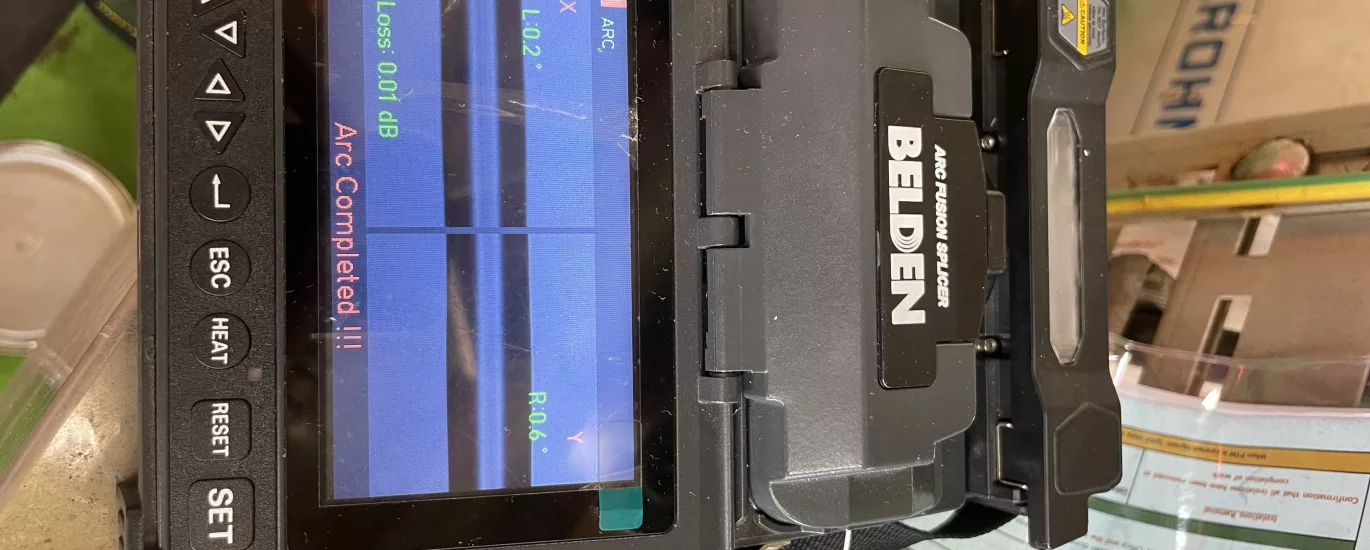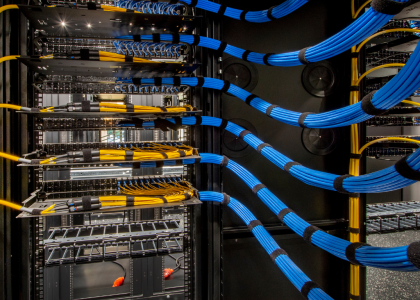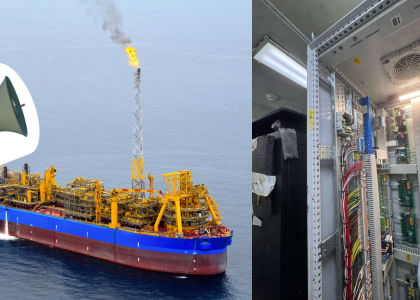Let’s delve into the intricacies of conducting fusion splicing on maritime vessels, covering essential equipment, procedures, and best practices. Whether for a cargo ship, oil tanker, or cruise liner, fusion splicing can significantly enhance onboard network stability and performance.
Understanding Fusion Splicing
Fusion splicing is the process of joining two optical fibers by melting or fusing them together. This technique ensures low insertion loss and high mechanical strength, making it ideal for maritime environments where vibrations, temperature variations, and moisture levels pose constant challenges to network infrastructure.
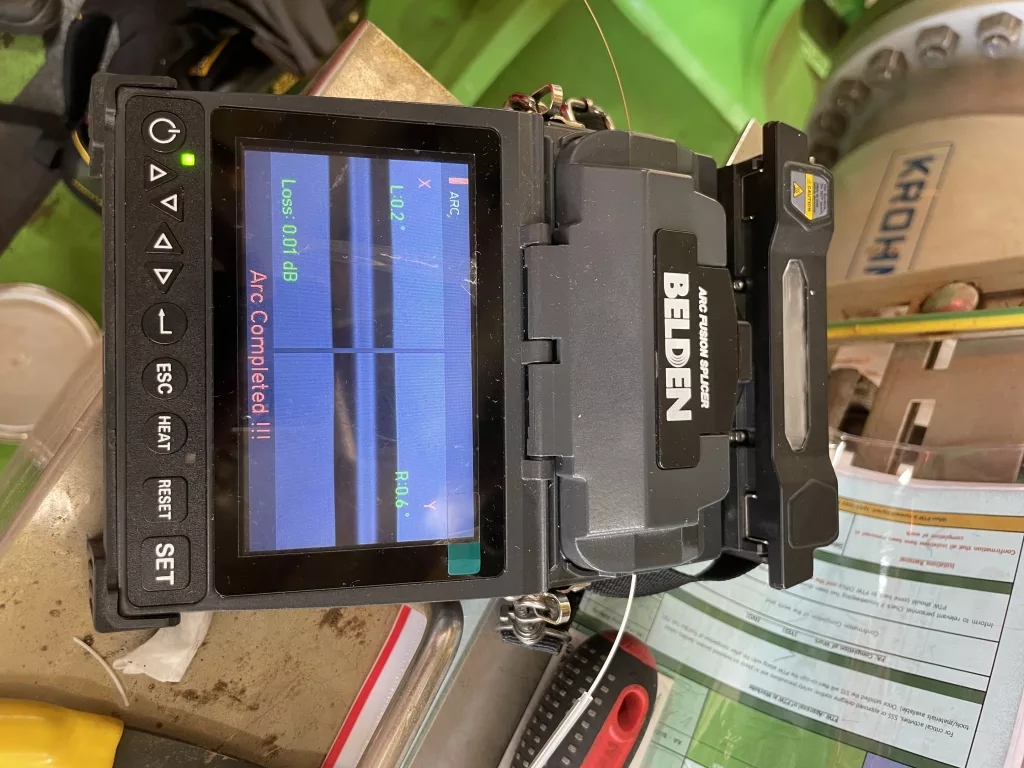
Essential Equipment
Fusion Splicer
Invest in a ruggedized fusion splicer designed to withstand maritime conditions. Look for models that offer precision alignment, low splice loss, and automatic environmental compensation features.
Cleaver
A high-quality cleaver is essential for achieving clean and precise fiber ends. Opt for a cleaver with automatic blade rotation and long-lasting cutting edges to ensure consistent results.
Fiber Strippers
Choose fiber strippers capable of handling various cable diameters and coatings. Adjustable blades and ergonomic designs facilitate efficient cable preparation, reducing the risk of damage to the fiber core.
Cleaning Supplies
Keep a supply of lint-free wipes, alcohol pads, and specialized cleaning solutions to maintain optical fiber cleanliness during splicing operations.
Splice Protection Sleeves
Utilize splice protection sleeves to reinforce and protect fusion-spliced joints from environmental factors such as moisture, dust, and mechanical stress.
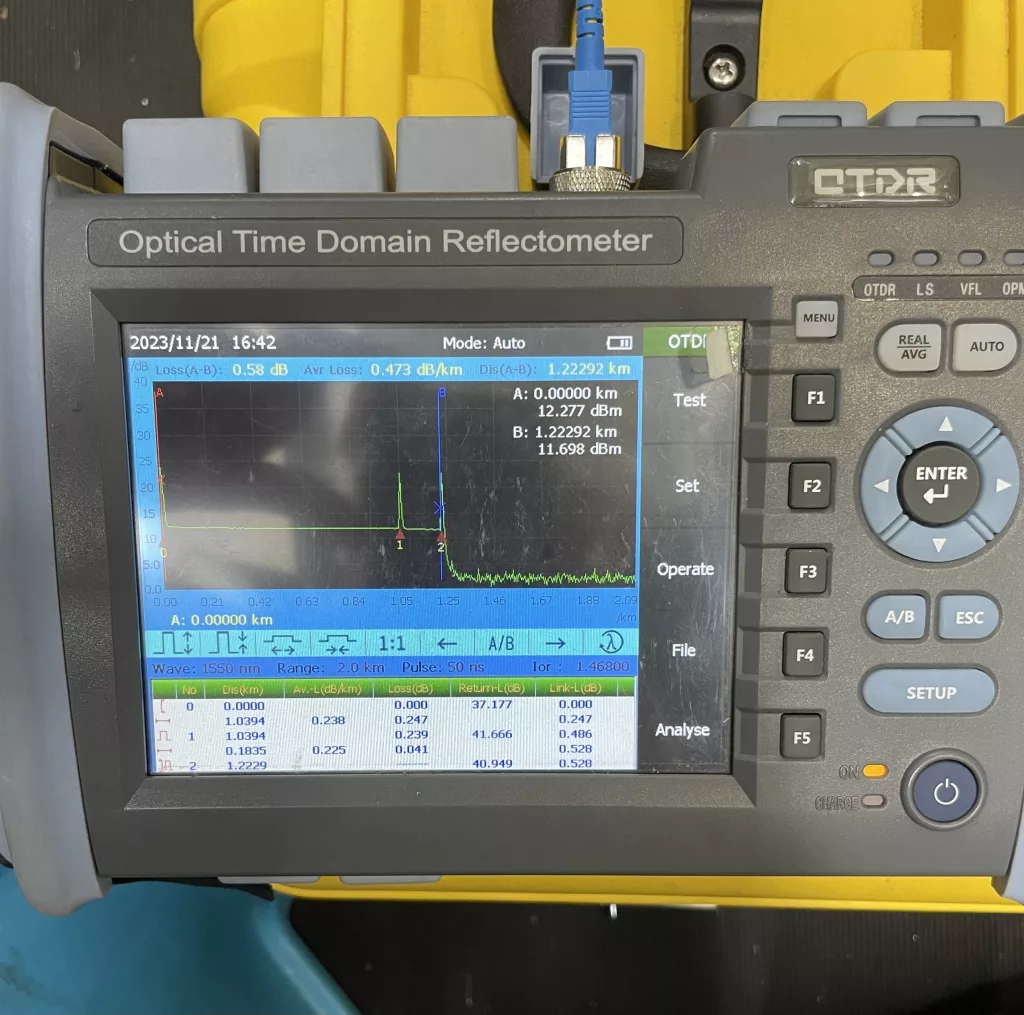
Procedures and Best Practices
Preparation and Inspection
Before initiating fusion splicing, meticulously inspect the optical fibers for any signs of contamination, bends, or defects. Ensure that the fibers are clean, straight, and free from debris.
Cleaving
Use the cleaver to obtain a smooth and perpendicular fiber end. Follow manufacturer guidelines to achieve optimal cleaving angles and minimize splice loss.
Splice Parameter Configuration
Configure splice parameters such as arc power, duration, and alignment settings based on fiber type, diameter, and environmental conditions. Conduct trial splices and adjust parameters as necessary to optimize splice quality.
Fusion Splicing Process
Place the prepared fibers into the fusion splicer’s v-groove alignment mechanism and initiate the splicing process. Monitor splice quality in real-time and inspect the splice point for any irregularities.
Verification and Testing
Perform post-splice testing using optical time-domain reflectometers (OTDRs) or optical power meters to validate splice integrity and insertion loss. Document splice locations, parameters, and test results for future reference and troubleshooting.
Get the Right Team
In the dynamic world of maritime communication, where reliable connectivity is paramount, fusion splicing stands out as a fundamental technique for ensuring seamless data transmission. Team Vivo Asia has over 10 years of experience in fiber optic testing and termination, including fusion splicing on board maritime vessels. Contact us today to discuss your requirements!






